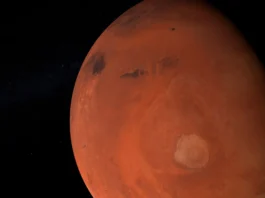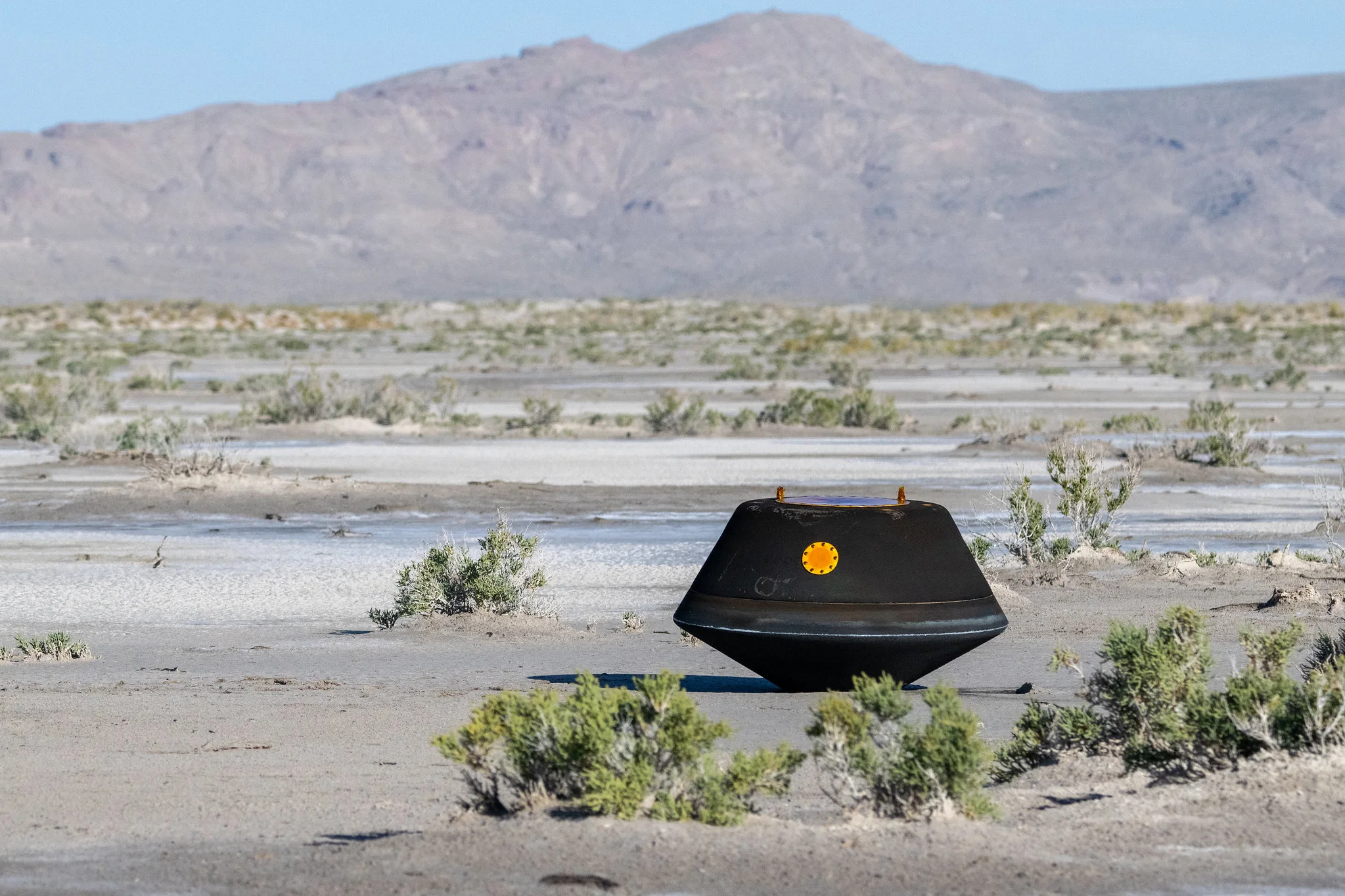Could the secret to understanding our solar system lie hidden in an invisible spiral? Picture a cosmic whirlpool stretching 15,000 astronomical units (au), a spiral silently spinning far beyond Pluto, waiting patiently to be seen. Scientists have now uncovered such a spiral structure in the inner Oort cloud, reshaping what we thought we knew about our cosmic backyard.
The Oort cloud itself is a distant shell of icy bodies circling our Sun, far beyond the orbit of Neptune, reaching out to about 100,000 au. These icy objects are usually too faint to be spotted directly, but their presence is confirmed through the long-period comets we occasionally see streaking across our skies.
Recently, astronomers David Nesvorný and his team from the Southwest Research Institute, along with international collaborators, have identified a fascinating structure hidden within this vast expanse. Using detailed computer simulations, they’ve revealed the existence of a stable spiral formation within the inner Oort cloud, approximately between 1,000 and 10,000 au from the Sun.
The existence of this structure isn’t just an intriguing celestial curiosity. It tells a deeper story about the history of our solar system and how cosmic forces shape distant, icy worlds. The spiral’s formation is rooted in the gravitational dance with our galaxy itself. As the Milky Way’s gravitational field interacts with these distant objects, it gently nudges them into specific orbits, gradually creating this grand spiral pattern over billions of years.
These distant icy objects originally came from closer in, scattered outwards by interactions with giant planets like Neptune and Uranus. Over eons, the galaxy’s gravitational tide took hold, gently guiding these objects away from planetary influence, eventually shaping the unique spiral.
But how can something so significant remain hidden? Visibility is the main challenge. These distant objects are extraordinarily faint, even for our most powerful telescopes. Only a handful of similar objects have been observed directly, like the distant body 541132 Leleākūhonua, discovered by the Subaru Telescope. While fascinating, this object isn’t quite aligned with the spiral’s typical orbital traits, suggesting a complex history and underscoring how challenging it is to map the inner Oort cloud’s intricacies.
Looking ahead, astronomers are optimistic about new possibilities. With enhanced sensitivity and survey capabilities, upcoming observatories like the Vera C. Rubin Observatory might finally illuminate these hidden cosmic structures clearly. They could piece together the faint, distant dots into a comprehensive picture, turning theoretical predictions into observable reality.
The spiral structure also opens up intriguing questions about potential exo-Oort clouds around other stars. Could similar structures exist elsewhere in our galaxy, waiting to be detected by future missions?
Beyond telescope-based observations, scientists also suggest exploring unusual signals in thermal emissions. Specific wavelengths around 300 to 400 micrometers might reveal the faint glow of dust within this spiral, providing an alternate detection method that could bypass the usual limitations of optical telescopes.
The bigger picture? Recognizing and understanding this spiral structure doesn’t just fill gaps in astronomical knowledge; it sparks inspiration. It shows us that even after centuries of exploring space, there’s always more to find and understand. It reminds us that our solar system is part of an ongoing cosmic story, continuously reshaped by immense, unseen forces.
As we unravel the universe, we’re not just understanding our backyard better, we’re becoming active participants in the vast cosmic adventure of discovery.
Imagine, then, the possibilities that lie ahead: what else might be waiting, quietly spiraling in the darkness, ready to reveal new secrets?
Will you be looking up, hoping to glimpse the next incredible discovery hidden among the stars?




